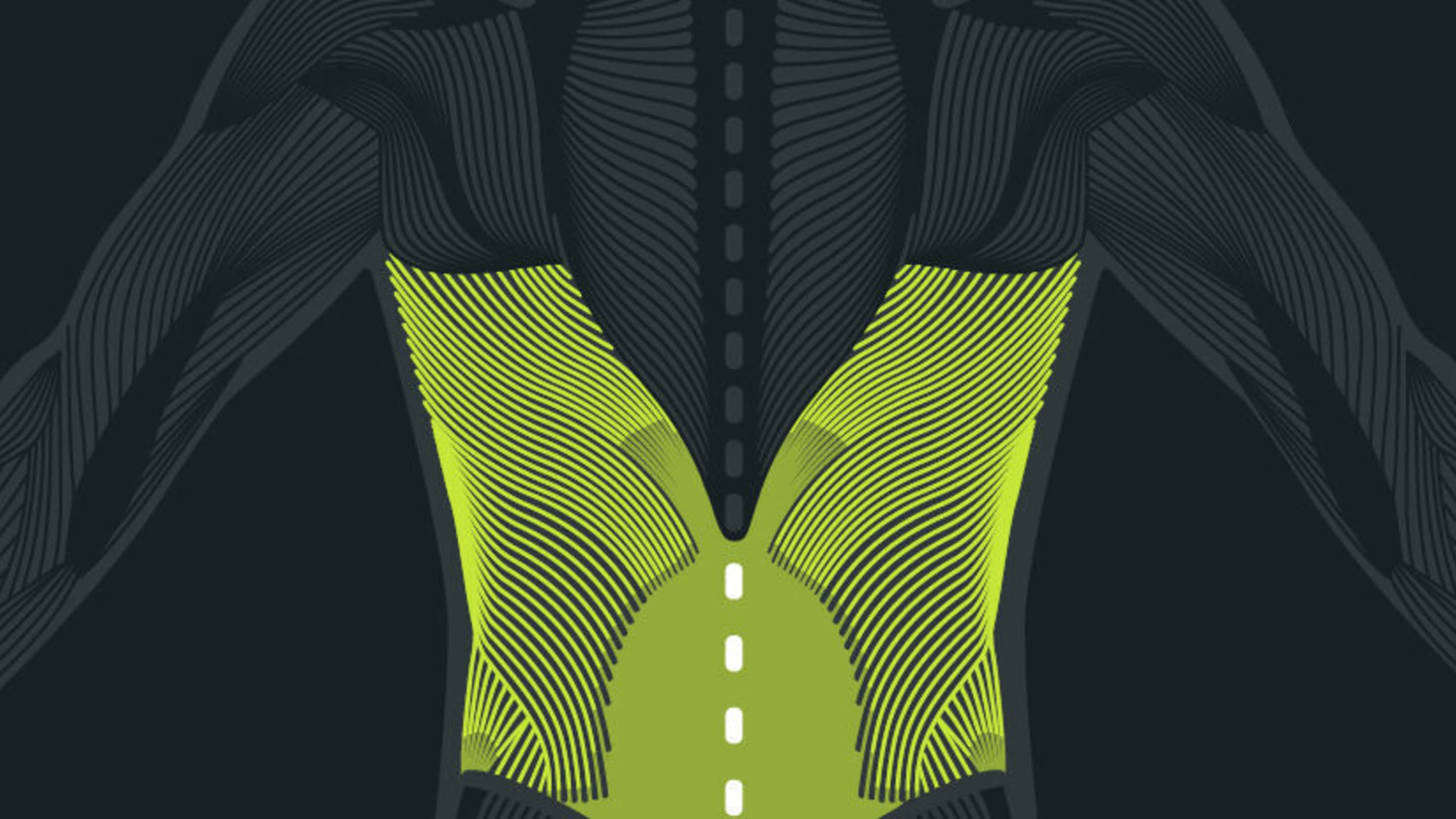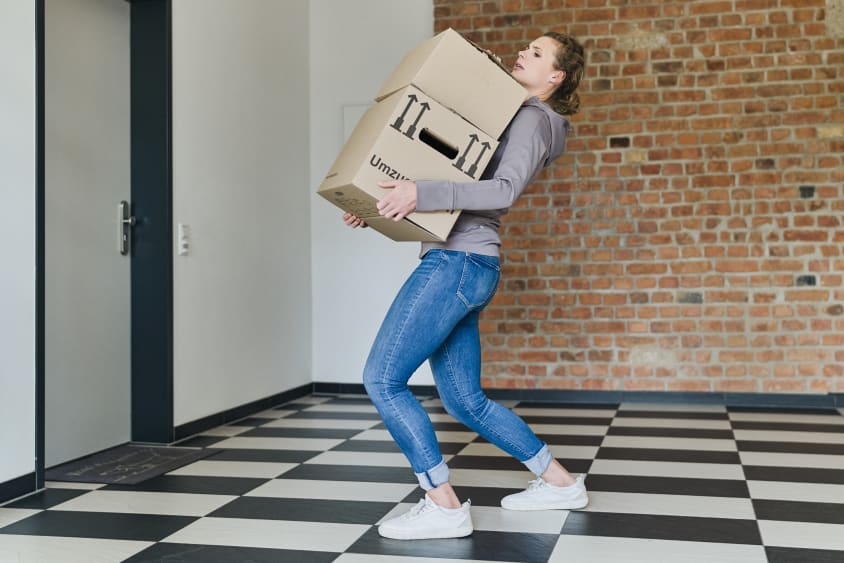
Where does your back pain come from? And what can you do about it?

Do you have pain in your lower back? You are not alone. Approximately 85% of people suffer from back pain at least once in their life. Almost a quarter of them develop chronic pain, and approximately 10% feel permanently restricted in their everyday life.
Don’t let it get this far. Get active, because activity often helps to significantly alleviate pain after a short time and to get it under permanent control. We’ll show you what helps with back pain.
01. What is back pain?
Back pain is a frequent reason for missing work. Back pain can be the result of injuries, tension imbalances, improper lifting techniques or other medical conditions. And the older you get, the more likely it is that you will develop back pain. But it can also affect teenagers or even early school-age children. A clear sign that you should rethink your current lifestyle.
02. What symptoms are associated with back pain?
Back pain is extremely varied. You may have only one or more of the listed symptoms. Maybe your lumbar spine pain is constant or comes and goes in phases.
People with pain in their lower back frequently describe the following symptoms:
- Localized back pain, in the middle or shifted to the side
- Extensive back pain between the rib cage and the gluteal fold
- Pain radiating into one leg
- Restricted movement
- Difficulty maintaining a neutral posture
- Difficulty lying, sitting, standing or walking for long periods of time
- Difficulty bending forward
- Difficulty carrying things
- Physical limitations at work and in everyday life
- Emerging fear-avoidance behavior (you no longer do certain things because you are afraid that they might trigger or aggravate your back problems)
- Additional tension owing to fear of pain
- Depression
When you should definitely see a doctor
If you have back problems and:
- Are younger than 20 or older than 55
- Have experienced real trauma (such as a fall)
- Unintentionally lose weight
Have extensive neurological symptoms like:
- Tingling
- Loss of strength
- Signs of paralysis
- Pain radiating into both legs
- Unsteady gait (for example, feeling like you are walking on cotton batting)
- Stool and/or urinary incontinence
- Develop a fever
- Have been diagnosed with cancer in the past
Don’t be afraid: it isn’t a cause for concern just because you might be older than 55. If, on the other hand, several of the points listed above come together, there may be causes for your back pain that often only your doctor can correctly identify.
03. What are the causes of back pain?
You’re highly unlikely to get a definite answer to this question. Even the best and most expensive diagnostic equipment can’t do it. About 85% of the people with lower back pain suffer from unspecified back pain. It cannot be attributed to structural changes, inflammation or specific illnesses. Nevertheless, the back pain is there!
This type of back pain is based on the one hand on tension imbalances between the muscles and on the other hand, on hardened and adhered fascia, which can no longer slide smoothly and leads to restricted movement and pain.
If the back problems last less than six weeks, they are considered to be acute. If they last six to 12 weeks, they are called subacute, and chronic back pain if they last more than 12 weeks.
Risk factors that increase the potential for back pain:
- A predominantly sedentary lifestyle and not enough exercise
- Frequent lifting and moving of heavy loads
- Incorrect lifting techniques
- Obesity and an unbalanced diet
- Psychosocial and emotional factors such as anxiety and depression
- Awkward posture and imbalances
- Other musculoskeletal problems
04. What can help you with back pain
Support the natural course of the back problems with targeted exercises – because 90% of back problems disappear within three to four months without any treatment. Seventy percent dissipate within one month, and 50% at the latest after two weeks. And the other 10%? Half of them do not respond to conservative treatment, such as physiotherapy. Is that also the case with you? Then get medical advice from a doctor. The other half are complex complaints that need to be specifically addressed.
But in any case, be sure to stay physically active! Do regular exercises that are good for you. Relieve muscular and fascial tension in your back and torso with the BLACKROLL® STANDARD or MED. On the other hand, you can access the muscles near the spine easier with the TWIN, the DUOBALL 08 or 12 and the glutes with the BALL 12.
Complete back training also includes stabilization exercises. You can activate and train all of your core muscles with the MULTI BAND and SUPER BAND. In other words, the bands that bend, straighten, tilt and turn your torso. You should do targeted exercises for everything.
Want everything in one back pain kit including premium online training? Address your back pain with the BLACKROLL® BACK BOX.
05. How to prevent back pain
Are you one of the lucky few who has never had back pain? Then you can continue to be spared from it – with versatile exercise, preventive exercises, a healthy diet and by seeking mental and emotional balance in your life.
If you already have had back pain, don’t stop the exercises as soon as you start to feel better. Keep doing the exercises that have helped you on a regular basis. This way, you can keep your back pain under control and concentrate on the really important things in life.
including online training






